Heritage museums preserve and showcase cultural traditions, historical artefacts, and ways of life from the past. They provide insight into craftsmanship, customs, and everyday experiences, helping visitors understand how societies have evolved. Exhibits often include textiles, tools, documents, and artworks that reflect different periods and influences. These museums serve as spaces for education and reflection, offering a deeper appreciation of heritage through carefully curated collections. With changing exhibitions and conservation efforts, they continue to engage audiences and adapt to modern interpretations of history.
Top 10 Heritage Museums In The World
Here is a list of some of the world’s most renowned heritage museums, each offering unique insights into human history and culture:
1. Louvre Museum
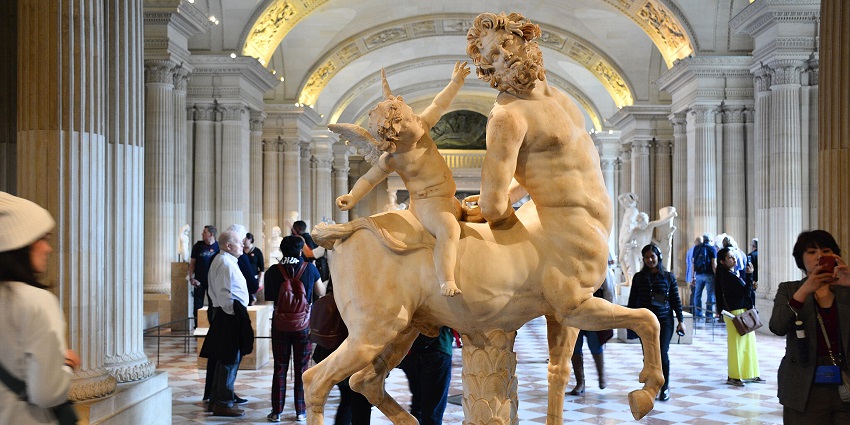
Photo: Cheng-en Cheng / Wikimedia Commons
The Louvre Museum, originally built as a fortress in the late 12th century, has transformed over centuries into the world’s largest art museum. Its collection spans from ancient civilisations to the 19th century, featuring masterpieces such as Leonardo da Vinci’s “Mona Lisa” and the “Venus de Milo.” The museum’s iconic glass pyramid entrance was designed by architect I.M. Pei. Visitors can explore various exhibitions, from Egyptian antiquities to Renaissance art. These collections highlight the museum’s dedication to preserving and showcasing global cultural heritage.
Location: Rue de Rivoli, 75001 Paris, France
Timings: Open daily from 9 AM – 6 PM
Entry Fee: €22 (₹2053.63) per person
2. Rijksmuseum

Photo: Trougnouf (Benoit Brummer) / Wikimedia Commons
The Rijksmuseum is one of the best heritage museums in the world and is dedicated to arts and history. It showcases 800 years of Dutch art and history, featuring masterpieces by Rembrandt, Vermeer, and Van Gogh. The museum’s Gallery of Honour displays some celebrated works, including Rembrandt’s “The Night Watch.” The Rijksmuseum also houses an extensive collection of Asian art, which is exhibited in the Asian Pavilion. The building itself, designed by Pierre Cuypers, combines Gothic and Renaissance elements, and after a decade-long renovation completed in 2013, it blends historic architecture with modern design.
Location: Amsterdam, Netherlands
Timings: 9 AM – 5 PM
Entry Fee: €25 (₹2333.68)
3. The British Museum
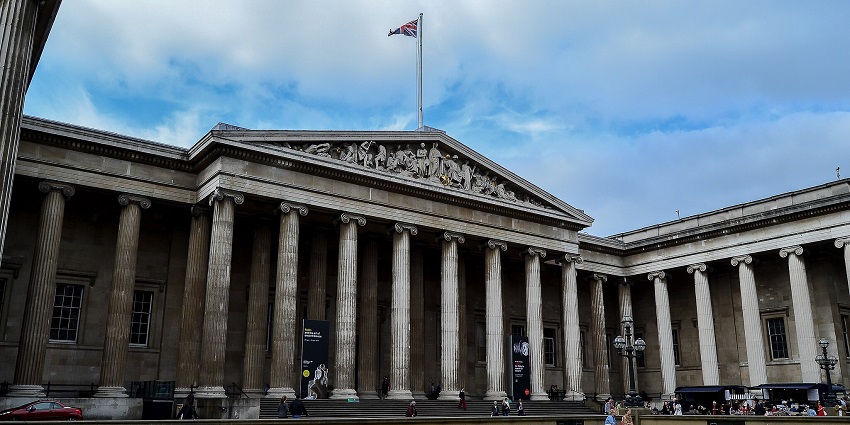
Photo: MrsEllacott / Wikimedia Commons
The British Museum is a famous heritage museum established in 1753 and is the first national public museum in the world. It houses a comprehensive collection of art and artefacts from around the globe, spanning over two million years of human history. Notable objects include the Rosetta Stone, the Parthenon sculptures, and Egyptian mummies. The museum’s Enlightenment Gallery reflects the 18th-century quest for knowledge and understanding of the world. The Great Court, redesigned by Foster and Partners in 2000, features an impressive glass roof, creating the largest covered square in Europe.
Location: Great Russell St, London WC1B 3DG, United Kingdom
Timings: Daily: 10 AM – 5 PM
Entry Fee: Free
4. Acropolis Museum
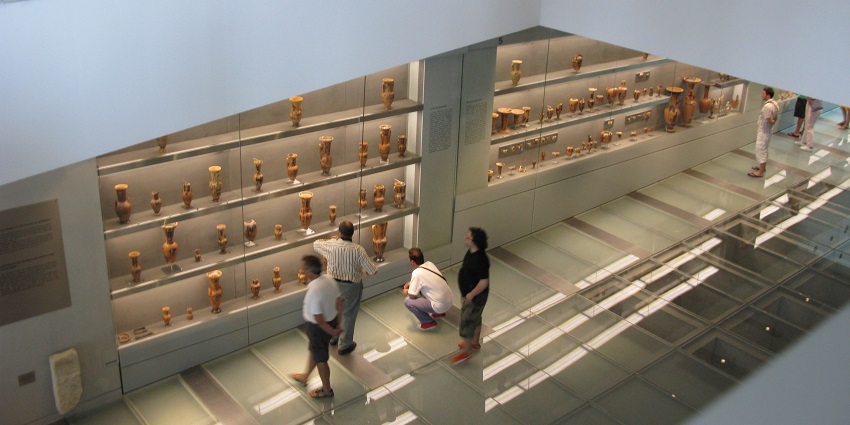
Photo: Tilemahos Efthimiadis / Wikimedia Commons
The Acropolis Museum is dedicated to the archaeological findings of the Acropolis. It is a popular heritage museum and houses artefacts from the Greek Bronze Age to Roman and Byzantine Greece, focusing on the Acropolis site. The museum’s design incorporates glass floors, allowing visitors to view the excavations beneath, creating a unique connection between the exhibits and their original context. The museum highlights include the Parthenon Gallery, where the temple’s sculptures are displayed in their original layout, and the Caryatids from the Erechtheion.
Location: Athens, Greece
Timings: 9 AM – 10 PM
Entry Fee: €20 (₹1866.94)
5. National Museum Of China

Photo: HBarrison / Wikimedia Commons
The National Museum of China is a leading institution dedicated to collecting, researching, and displaying China’s traditional culture, revolutionary heritage, and contemporary history. It is a major centre for history and art, providing visitors with a comprehensive view of the nation’s past and present. The museum holds a vast collection of over 1.4 million items, including artefacts from various dynasties, important historical documents, and notable artworks. Visitors can explore permanent exhibitions such as “Ancient China,” which chronicles the nation’s history from prehistoric times to the late Qing Dynasty, and “The Road of Rejuvenation,” highlighting China’s journey towards modernisation.
Location: No. 16 East Chang’an Street, Dongcheng District, Beijing 100006, China
Timings: 9 AM – 5 PM
Entry Fee: Free admission; advance online reservation required via the official website.
6. Museo Nacional Del Prado
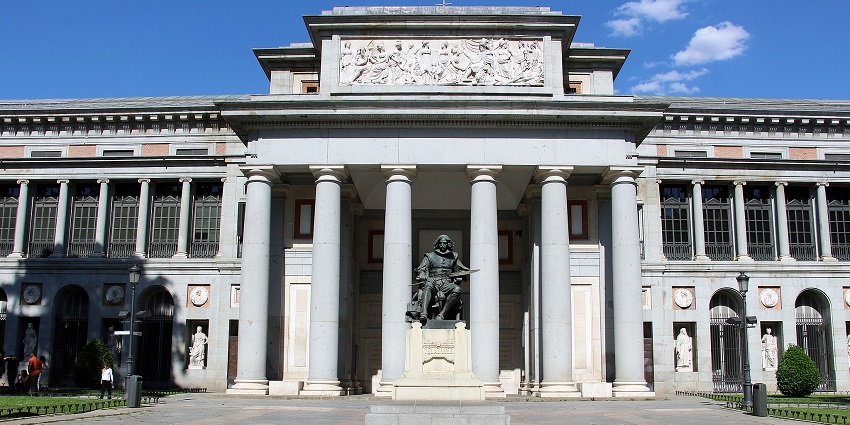
Photo: Fred Romero / Wikimedia Commons
The Museo Nacional del Prado in Madrid is Spain’s premier art museum, renowned for its extensive collection of European art from the 12th to the early 20th century. It houses significant works by Spanish masters such as Goya, Velázquez, and El Greco, including Velázquez’s “Las Meninas” and Goya’s “The Third of May 1808.” The museum’s neoclassical building, designed by architect Juan de Villanueva, has undergone several expansions to accommodate its growing collection. Beyond paintings, the Prado’s collection includes sculptures, prints, and decorative arts, offering a comprehensive overview of Spain’s artistic heritage.
Location: Paseo del Prado, Madrid , Spain
Timings: 10 AM – 8 PM; Sundays and holidays: 10 AM – 7 PM
Entry Fee: €15 (₹1400.21) for general admission
7. State Hermitage Museum
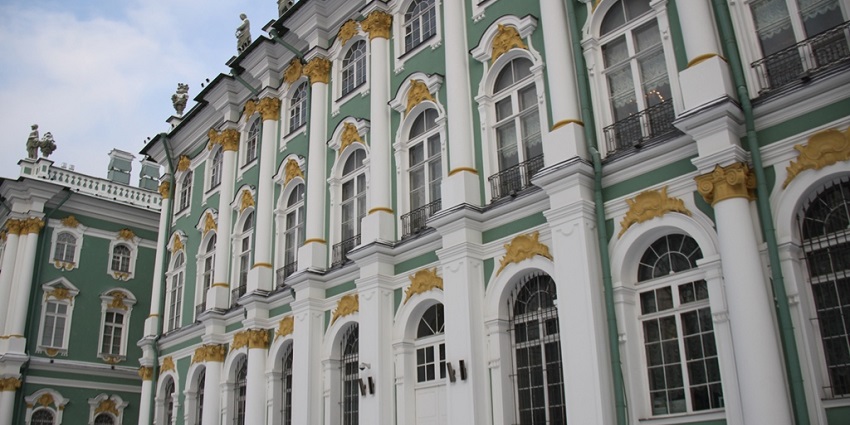
Photo: Andrey Filippov 安德烈 / Wikimedia Commons
The State Hermitage Museum is one of the world’s largest and oldest museums, boasting a collection of over three million items. This museum was established in 1764 by Empress Catherine the Great. It occupies six historic buildings along the Neva River embankment, including the Winter Palace, once home to Russian emperors. The Hermitage houses a vast collection spanning different cultures and periods, including Western European art, classical antiquities, and Russian artefacts. Its architecture blends Baroque and neoclassical styles with grand interiors that reflect imperial Russia’s past.
Location: Saint Petersburg, Russia
Timings: 10 AM – 6 PM
Entry Fee: 600 RUB (₹609.37) for adults; Free for students and children
8. Uffizi Galleries
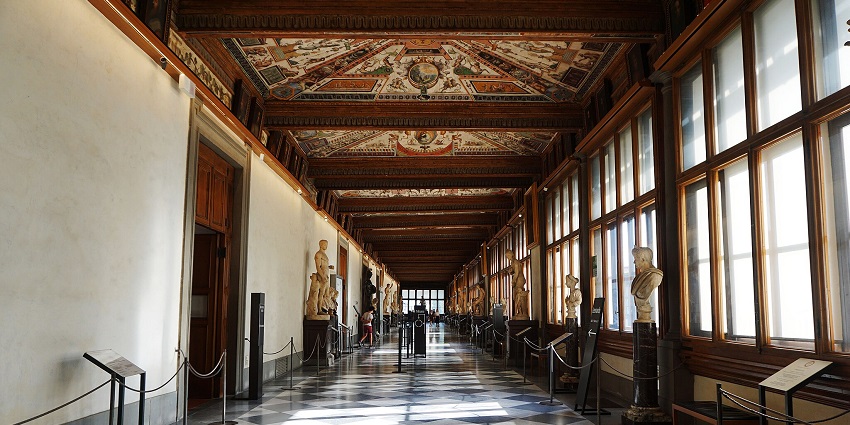
Photo: RoseHAN / Wikimedia Commons
The Uffizi Galleries is a famous heritage museum, known for its outstanding Renaissance art collection. This museum was established in 1581 and houses masterpieces by artists like Botticelli, Michelangelo, and Leonardo da Vinci. The museum’s architecture, designed by Giorgio Vasari, features a U-shaped structure that opens onto the Arno River, reflecting the grandeur of the Medici family’s patronage. Visitors can explore various rooms organised chronologically, offering a journey through the evolution of Italian art from the 13th to the 18th century.
Location: Florence, Italy
Timings: Tuesday to Sunday: 8:15 AM – 6:30 PM; Closed on Mondays
Entry Fee: €19 (₹1773.59)
9. Museo Nacional De Antropología
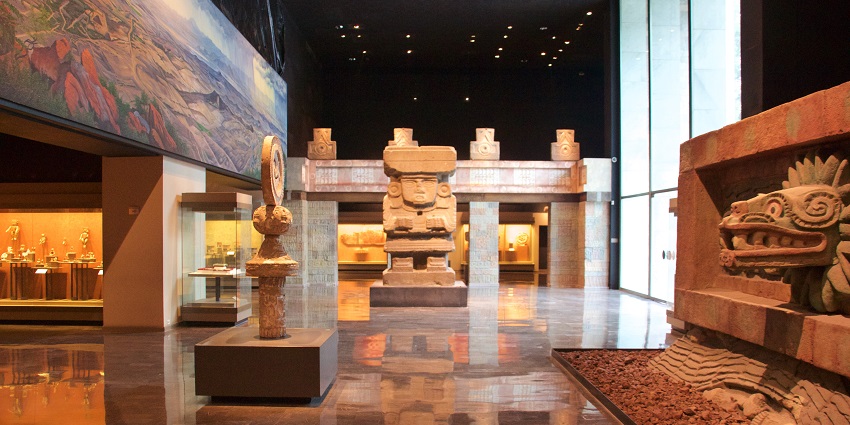
Photo: Mike Peel / Wikimedia Commons
The Museo Nacional de Antropología is the largest and most visited museum in Mexico, dedicated to the archaeology and history of the country’s pre-Columbian heritage. This museum was established in 1964, and its architecture features a distinctive umbrella-like roof supported by a single pillar, symbolising the connection between past and present. The museum houses significant artefacts such as the Aztec Sun Stone and a replica of Pakal’s tomb from the Maya civilisation. With 23 exhibit halls, the museum offers an extensive overview of Mesoamerican cultures.
Location: Mexico City, Mexico
Timings: 9 AM – 7 PM
Entry Fee: $90 (₹7762.09)
10. Egyptian Museum
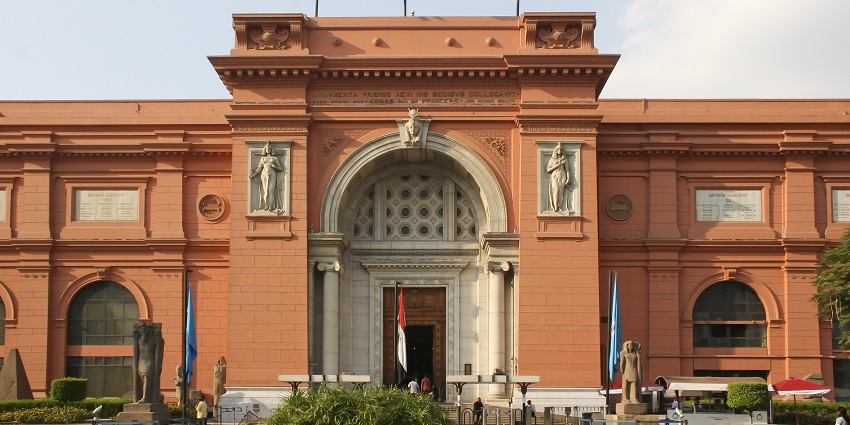
Photo: Diego Delso / Wikimedia Commons
The Egyptian Museum is the oldest archaeological museum in the Middle East and holds the world’s largest collection of Pharaonic artefacts. Its exhibits span from the Predynastic Period to the Greco-Roman Era, offering a detailed view of ancient Egyptian history. The museum highlights include Tutankhamun’s treasures, grand statues, and finely crafted jewellery. As a renowned heritage museum, it features over 100 halls across two floors. The ground floor presents artefacts chronologically, while the first floor arranges them by theme.
Location: Tahrir Square, Cairo, Egypt
Timings: 9 AM – 5 PM
Entry Fee: 450 EGP (₹767.72) for adults and 230 EGP (₹392.39) for students
The heritage museums play a crucial role in preserving history, art, and cultural identity. They provide valuable insights into different civilisations, artistic movements, and historical events, helping visitors understand the past through carefully curated collections. These museums are not just places of display but also centres of learning and conservation. Book your trip with TripXL to visit these remarkable institutions and discover history firsthand.
Cover Photo: Frans Ruiter / Unsplash


 WhatsApp
WhatsApp
 Twitter
Twitter









